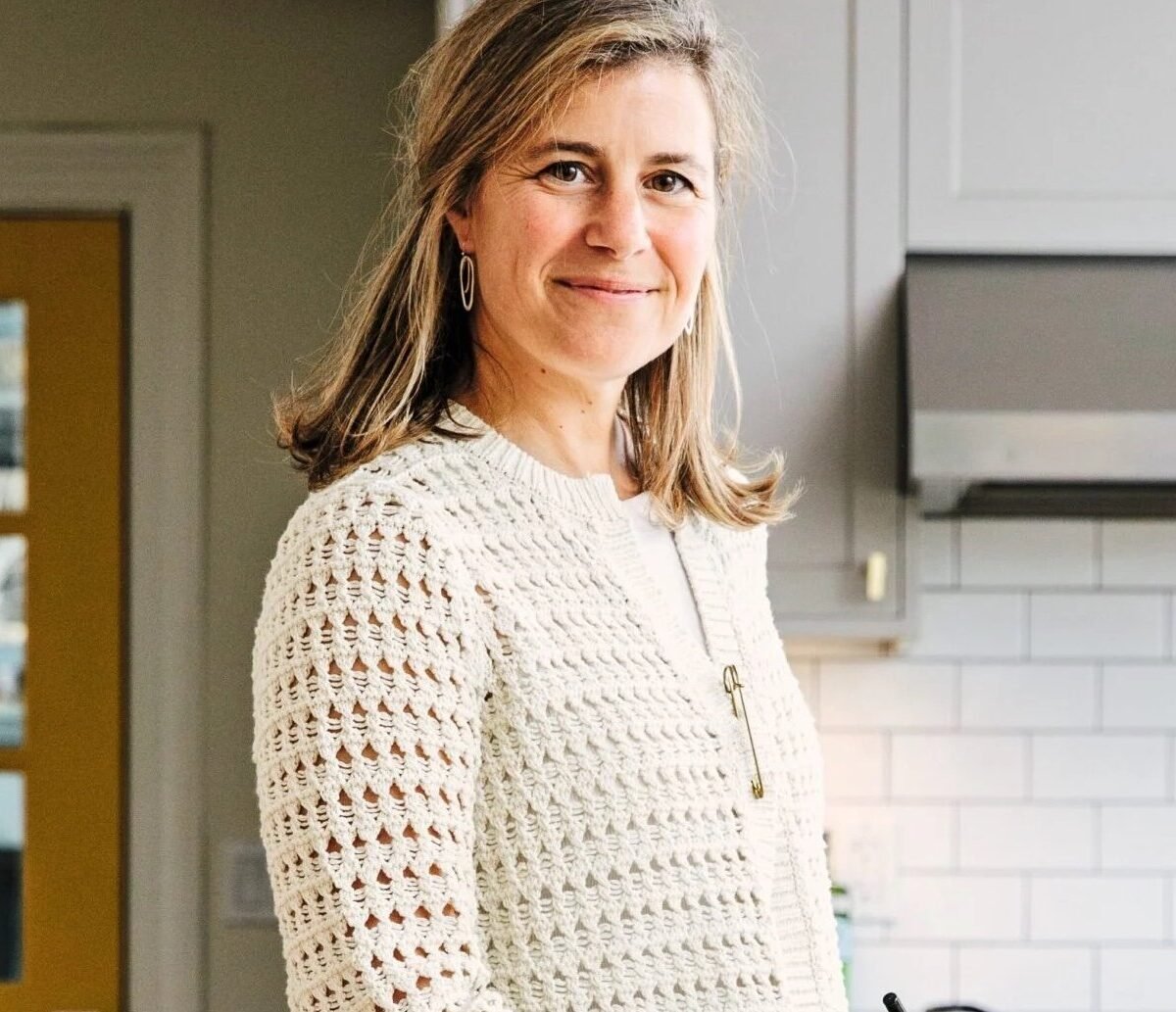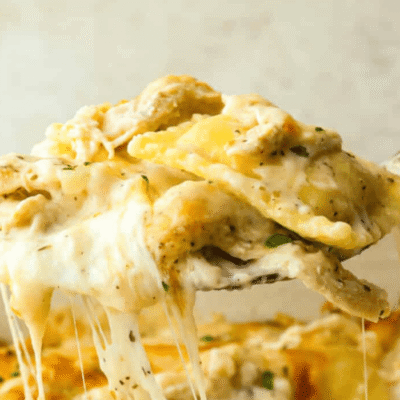
Besides “What should I make for dinner?” the question I get the most when people find out about my job as a cookbook author is “How do you come up with your recipes?” It’s a mysterious process that I don’t fully understand myself, but here’s a story that explains the most important part, at least for me…
Last summer, a few days after I handed in the manuscript for my new cookbook, The Weekday Vegetarians: Get Simple, I got a call from my editor, Raquel. She loved what I had turned in so far, she said, but “If we’re presenting this as a book of simple vegetarian dinners, you really need to include some more sheet pan recipes.” Raquel has shepherded many a beloved chef and author through the cookbook process, and I’ve learned to follow her instinct, no questions asked. Though there were a few sheet-pan recipes in my book already (including a corn-and-tomato sheet pan pizza that I’ve been making on repeat this week), she was of course right — what is more no-fuss than a meal that comes together using only a single piece of kitchen gear? So, I headed to the kitchen, tied on my apron, and set to work.
Except I didn’t. I kept finding something else to do. Or something else to cook. Or I’d leaf through cookbooks and scroll through #sheetpan hash-tagged posts on Instagram hoping there would be some spark of inspiration. There were thousands of recipes that would’ve been excellent starting points, and yet, in my dinner-loving heart, nothing spoke to me. No spark.
I should mention here that I never went to culinary school. When someone introduces me as a “chef,” I wince, correcting them with “More like a home cook who writes!” as quickly as I can. Even though The Weekday Vegetarians: Get Simple is my fifth cookbook, I still have many voids in my culinary repertoire — I have to watch YouTube videos of artichoke prepping every time I gather the courage to cook with the ones that don’t come in a can, and coming across the word “yeast” in an ingredient list will always terrify me, even though I’ve baked at least eight thousand of those no-knead breads since 2010. Once, I read a Q&A with a very popular cookbook author, and when the interviewer asked about her recipe developing process, she said something like, “Well, first I get a vision for the dish, then I think about the combination of flavors that would be surprising, then I write out the recipe, then I cook it over and over until it’s perfected.” I closed my laptop after reading that and wondered Am I a fraud?
I know I’m not, but my style of recipe developing could not be more different. I think of it more like a conversation with people, or maybe even an improvisational dance. The best recipes in my new cookbook (in all my cookbooks, actually) weren’t developed in a test kitchen. They were made up mostly on the fly, in a real kitchen, while cooking for people in real life.
When my daughter needed an early dinner before a late soccer practice, and a box of mushrooms sitting next to a tub of miso caught my eye in the fridge, I wrote Miso-Mushroom Tacos with Pickled Cabbage. When a college friend of my other daughter showed up for dinner at the last minute, along with his legendarly robust appetite, and I panic-wrapped whatever vegetables and cheese I could find into a pre-made pie crust, I wrote Butternut Squash Galette with Feta and Chiles. When being cooped-up in quarantine led to a new family ritual — crepe breakfasts — that eventually led to me asking the dregs of the crisper drawer “Why wouldn’t we have crepes for dinner, too?” I wrote Buckwheat Crepes with Roasted Vegetables and Goat Cheese. When I was spending time with my father a few months before he died, and he was too tired and weak to do much more than sit in a kitchen chair and keep me company, while I hunted around the fridge trying to scrape together something appetizing for my parents’ dinner, I wrote Crispy Pan-Fried Gnocchi with Peas, Mint, and Pecorino. In all these cases, I jotted down the recipes after the fact, sensing that crucial overlap of simple and special (the sweet spot!), then re-tested each before green-lighting for the book.
Obviously, to be able to come up with things “on the fly” requires a massive mental archive of flavors and techniques swimming around in my subconscious — the result of scouring all the latest cookbooks sent to me because I’m lucky enough to call food writing a career, reading newsletters from my gifted recipe-writing colleagues and collecting inspiration from friend’s dinner tables and restaurants across the world. But when I think of my favorite recipes, the ones I’m most proud of, the ones I know I’ll make over and over, I think of a little note written on a restaurant chalkboard in Rome: Pensando a qualcuno se no stai semplicemente preparando da mangiare, or: You always think of someone when cooking, otherwise you are just making food.
By the way, I did end up figuring out more sheet pan recipes. And I gotta say, they are bangers!
Miso-Mushroom Tacos
From The Weekday Vegetarians: Get Simple
Serve these tacos with white rice that’s been tossed with lime juice and chopped cilantro.
1 teaspoon toasted sesame oil
3 tablespoons neutral oil or olive oil, plus more as needed
20 ounces mushrooms, any kind, stems trimmed, sliced
1 small yellow onion, finely chopped
3 tablespoons sweet white miso
1 teaspoon Sriracha
2 tablespoons hot water
8 (5-inch) corn tortillas or hard taco shells
6 medium scallions, white and light-green parts only, minced
Rice Vinegar-Pickled Cabbage (recipe follows), for serving
In a large skillet, heat the sesame and neutral oil over medium heat. Add half the mushrooms and cook until they have mostly released all their liquid, then add the second half, mixing them in. Cook for 8 to 10 minutes total. Add the onion, and a drizzle of oil (if needed), and cook until softened, 4 to 5 minutes. Meanwhile, in a small bowl or measuring cup, whisk together the miso, sriracha, and hot water until the mixture is the consistency of ketchup. Stir the miso mixture into the mushrooms, then remove the mushrooms from the heat.
Heat oven to 350°F. If you are using hard taco shells, place them on a sheet pan and place in the oven for 5 minutes. If using corn tortillas, place each one on a gas burner for 10 seconds per side, until the tortilla is slightly charred. (Or warm each in a nonstick or cast-iron pan set over medium-high heat.) Remove and keep warm under a foil tent.
When ready to serve, stuff each taco shell or tortilla with about 1⁄3 cup of the mushroom filling, then top with the scallions and pickled cabbage.
Rice Vinegar–Pickled Cabbage
In a heavy medium saucepan, combine 1/3 cup vinegar, 3 tablespoons sugar, 2 teaspoons salt, and 2½ cups water and bring to a boil over high heat, stirring occasionally. When the sugar has dissolved, add 3 cups shredded cabbage (red is my favorite, but you can use any kind: green, Napa, savoy) and pepper flakes, reduce the heat to low, and simmer, uncovered, until the shreds have wilted, about 4 minutes. Remove the pan from the heat and set aside to cool to room temp. You can use the pickled cabbage immediately or chill in an airtight container for up to 7 days.
P.S. An easy strata for breakfast, and how to be a weekday vegetarian and five recipes worth memorizing.
(Photos by Christine Han.)










